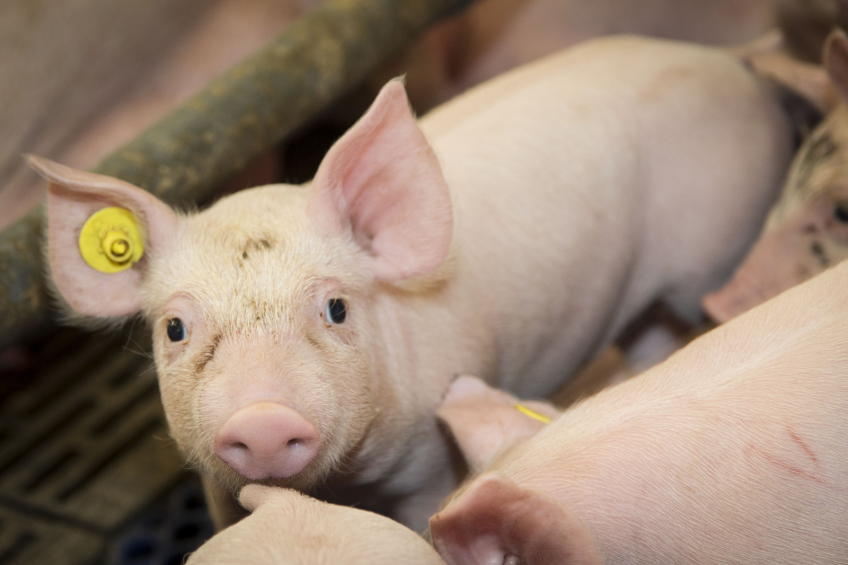Swine Research Days: Economy & antibiotics

The economy as well as antibiotics use were two of the themes discussed at the most recent Swine Research Days (JRP), in Paris, France, early February. The event continues to attract more foreign delegates.
The JRP is a meeting of key scientific and technical players in the swine network took place on February 2 and 3, 2016. Co-organised by the French National Institute for Agricultural Research (INRA) and the French Institute for Pork and Pigs (IFIP); that is why this event is known for its rapid dissemination of research around the pig and pork industry.
Pig farms & French economy
One major issue at the event was the current state of the French agricultural economy and its influence on the French industry. Fabien Djaout, representative for France Agrimer, the country’s national institute for agricultural and aquacultural products, highlighted this development against the background of recent fundamental changes in the European slaughtering industry. He painted a picture of slaughterhouses seeking to add value to carcasses, in which both Spain and Germany profited, but the French are suffering.
A completely different corner of the industry also requires some upgrading, so much became lear from Carole Bertin, representative of the Regional Chambers of Agriculture in Brittany, France’s most important pig region. She gave an analysis of the pig building status in 30 farrow-to-finish farms in Brittany in 2015. The average age of buildings they found was 22.1 years.
The French pig sector represents 99,000 jobs. That was the result of a calculation of Agathe Lang, from the scientific interest group Elevages Demain. She analysed employment directly and indirectly related to French livestock farming. Of this total, 14,000 are direct jobs located on the 12,600 significantly sized pig farms.
French pig industry & antibiotics
Anne Hémonic, the French Pork & Pig Institute (IFIP), presented an overview of the reduction achieved by the French pig industry over the years 2010-2013. In total the annual sales to pig farms dropped by 22% over these years. Most notably, in terms of treatment in suckling piglets dropped 29% and by 19% in weaning piglets.
Attendance from abroad
“On a total of more than 400 delegates attending the last annual meeting in Paris, around 60 came from abroad, mainly from Europe (Belgium, The Netherlands, Spain, Germany), but also from Canada, the US, and Asia (one delegate from South Korea),” said Denis Milan (pictured above), director of the animal genetics department at INRA Toulouse, who introduced the event the first day.
Milan added, “We are facing a crisis period and we need to exchange in order to rethink our way of producing.” For instance, in putting the animals in a less favourable environment and in working with stronger and more rustic animals, or in trying to limit piglet mortality at birth.
“Genetics can also help us,” said Milan, quoting the existing heritability of the immune response of pigs which could be a path to reduce antibiotics use. Challenges also exist for quality products following the stop of the castration.
Environment, welfare, food safety
The JRP also touched on issues like environmental concerns, animal welfare, food safety products, animal health and economics. In total, around 50 publications on actual, relevant topics were presented, coming from both French as well as foreign institutes and organisations, like e.g. the agricultural research institute IRTA, Catalunya, Spain; Agriculture and Agri-Food Canada and several Belgian universities.














